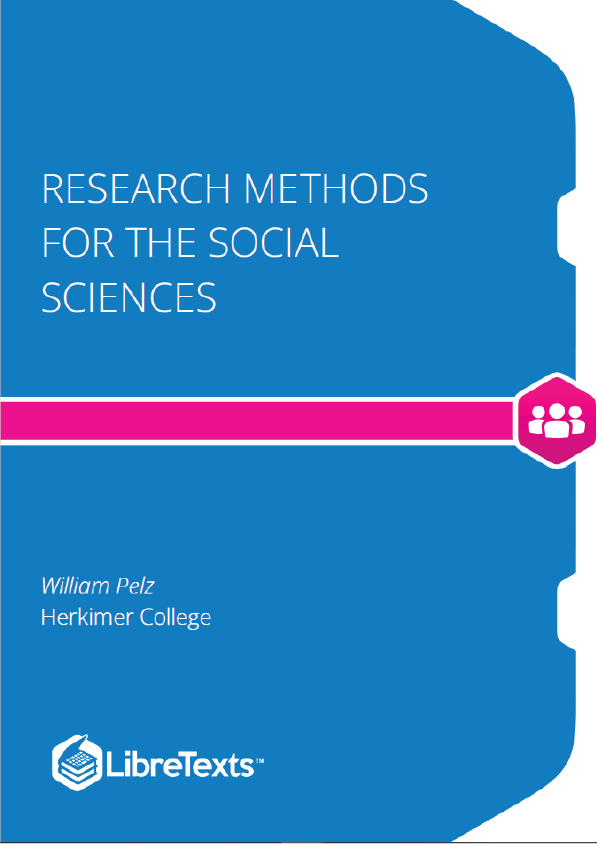This book is designed to introduce students to the process of conducting scientific research in the social sciences, business, education, public health, and related disciplines. It is a one-stop, comprehensive, and compact source for foundational concepts in behavioral research, and can serve as a stand-alone text or as a supplement to research readings in any doctoral seminar or research methods class. This text will introduce you to the fascinating and important study of the methods of inquiry in the Social Sciences. You will learn both the logic behind – and the procedures for – a wide variety of research methods, including correlational and experimental designs. If you are the curious type, and if you like to think rationally, I believe you will enjoy this course.
What is research? Depending on who you ask, you will likely get very different answers to this seemingly innocuous question. Some people will say that they routinely research different online websites to find the best place to buy goods or services they want. Television news channels supposedly conduct research in the form of viewer polls on topics of public interest such as forthcoming elections or government-funded projects. Undergraduate students research the Internet to find the information they need to complete assigned projects or term papers. Graduate students working on research projects for a professor may see research as collecting or analyzing data related to their project. Businesses and consultants research different potential solutions to remedy organizational problems such as a supply chain bottleneck or to identify customer purchase patterns. However, none of the above can be considered “scientific research” unless: (1) it contributes to a body of science, and (2) it follows the scientific method. This chapter will examine what these terms mean.
Science
What is science? To some, science refers to difficult high school or college-level courses such as physics, chemistry, and biology meant only for the brightest students. To others, science is a craft practiced by scientists in white coats using specialized equipment in their laboratories. Etymologically, the word “science” is derived from the Latin word scientia meaning knowledge. Science refers to a systematic and organized body of knowledge in any area of inquiry that is acquired using “the scientific method” (the scientific method is described further below). Science can be grouped into two broad categories: natural science and social science. Natural science is the science of naturally occurring objects or phenomena, such as light, objects, matter, earth, celestial bodies, or the human body. Natural sciences can be further classified into physical sciences, earth sciences, life sciences, and others. Physical sciences consist of disciplines such as physics (the science of physical objects), chemistry (the science of matter), and astronomy (the science of celestial objects). Earth sciences consist of disciplines such as geology (the science of the earth). Life sciences include disciplines such as biology (the science of human bodies) and botany (the science of plants). In contrast, social science is the science of people or collections of people, such as groups, firms, societies, or economies, and their individual or collective behaviors. Social sciences can be classified into disciplines such as psychology (the science of human behaviors), sociology (the science of social groups), and economics (the science of firms, markets, and economies).











